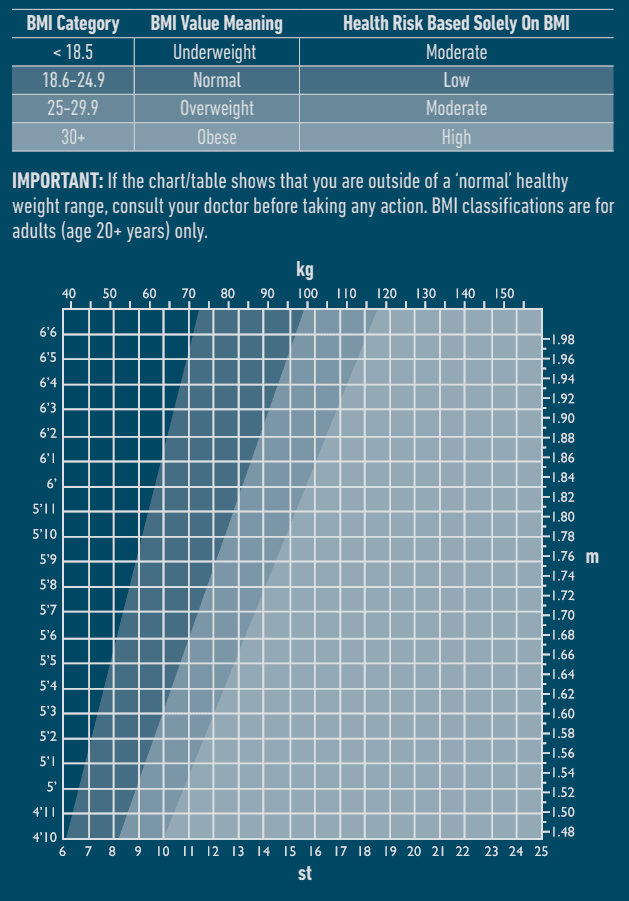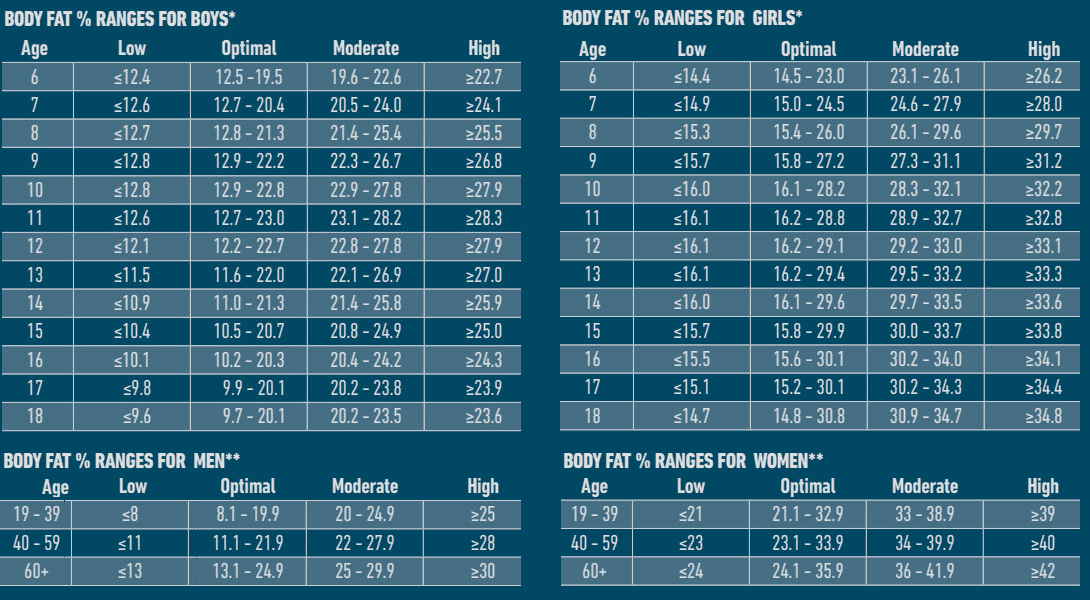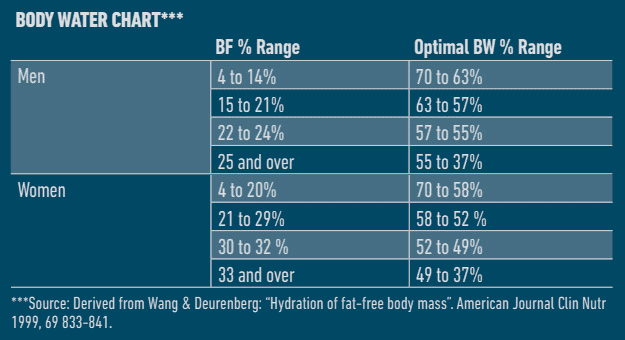Understanding Body Composition
Posted by Team Salter on 3rd Jul 2024
Understanding Body Composition with Bathroom Analyser Scales - A complete guide
Introduction
When you’re thinking of losing weight or just need to examine however healthy you are, you’re most likely to do one of these 2 things: tread a scale or calculate your BMI. However, we often fail to realize that these two methods are not exactly enough to tell you how healthy you are.
As you get healthier, you’ll most likely lose fat and gain muscle. In order to differentiate between muscle and fat, it is imperative to keep in mind your body composition.
By understanding your body composition, you gain a deeper understanding of your overall health and can focus on making progress that goes beyond just the number on the scale.
Body composition analysis is a method used to describe what your body is made of, focusing on the proportions of fat, protein, minerals, and body water. This analysis provides a clearer picture of your health since body composition can be influenced by factors such as age, sex, genes, and hormones.
If you’re looking for an easy way to understand your body composition, don't worry! Read on to learn about the various factors involved and how they can help you achieve your health goals from the inside out.
Body composition refers to the percentages of bone, fat, water, and muscle in the human body.
Two people of the same sex and body weight can look completely different because of variations in their body composition. By using body composition analysis, you can set goals for risk prevention and maintain a balanced body. Considering all these components provides a more accurate insight into your physical health and offers a broad range of information about your body's state.
Body Mass Index (BMI)
Body Mass Index (BMI) is an index of weight-for-height that is commonly used to classify underweight, overweight and obesity in adults. In its most basic sense, BMI may be useful for identifying those who are at an increased health risk because of excess fat accumulation.
Analysing your health using a single number such as BMI oversimplifies health risks and ignores the other important factors like if any changes in your weight are in fat or muscle. That’s because BMI is calculated simply by dividing a person’s weight by their height.
The BMI categories shown in the chart and table below are recognised by the WHO (World Health Organisation) and can be used to interpret your BMI value.

Body Fat Percentage
The human body is made up of, amongst other things, a percentage of fat. This is vital for a healthy, functioning body – it cushions joints and protects vital organs, helps regulate body temperature, stores vitamins and helps the body sustain itself when food is scarce. However, too much body fat or indeed too little body fat can be damaging to your health.
It is difficult to gauge how much body fat we have in our bodies simply by looking at ourselves in the mirror. This is why it is important to measure and monitor your body fat percentage.
Body fat percentage gives you a better measure of fitness than weight alone – the composition of your weight loss could mean you are losing muscle mass rather than fat – you could still have a high percentage of fat even when a scale indicates ‘normal weight’.

Body Water
Body water is the single most important component of body weight. It represents over half of your total weight and almost two-thirds of your lean body mass (predominantly muscle). Water performs a number of important roles in the body.
All the cells in the body, whether in the skin, glands, muscles, brain or anywhere else, can only function properly if they have enough water. Water also plays a vital part in regulating the body’s temperature balance, particularly through perspiration. The combination of your weight and fat measurement could appear to be ‘normal’ but your body hydration level could be insufficient for healthy living.
For those using Athlete Mode: please note that athletes may have a lower body fat range and a higher body water range, depending on their type of sport or activity. Body water measurement results are influenced by the proportion of body fat and muscle.
If the proportion of body fat is high, or the proportion of muscle is low then the body water results will tend to be low. It is important to remember when using body water scales that measurements such as body weight, body fat and body water are tools for you to use as part of your healthy lifestyle.
As short term fluctuations are normal, we suggest you chart your progress over time, rather than focus on a single day’s reading.

Muscle Mass
According to the American College of Sports Medicine (ASCM), lean muscle mass may decrease by nearly 50 percent between the ages of 20 and 90. If you don’t do anything to replace that loss, you’re losing muscle and increasing fat. It is also important to know your muscle mass percentage during weight reduction. At rest, the body burns approximately 110 additional calories for each kilo of muscle gained. Some advantages of gaining muscle mass include:
- Reversing the decline in strength, bone density and muscle mass that accompanies age
- Maintenance of flexible joints
- Guide weight reduction when combined with a healthy diet.
Basal Metabolic Rate (BMR)
Your Basal Metabolic Rate (BMR) is an estimation of the energy (measured in calories) expended by the body, at rest, to maintain normal body functions. This continual work makes up about 60-70% of the calories the body uses and includes the beating of your heart, respiration, and the maintenance of body temperature.
Your BMR is influenced by a number of factors, including age, weight, height, gender, dieting and exercise habits.

Lean Body Mass
Lean body mass (LBM) is a crucial component of overall health and fitness. It represents the weight of everything in your body except fat. This includes your muscles, bones, water, organs, and other tissues. Calculating lean body mass can help you understand your body composition better, allowing you to tailor your fitness and nutrition plans more effectively.
What is Lean body mass?
Lean body mass is the total weight of your body minus all the weight from fat. It’s essentially everything that contributes to a healthy, functional body.
This includes:
- Muscle tissue - Vital for movement, Strength and metabolism.
- Bone Mass - Supports structure and protects organs.
- Water Content - Essential for all bodily function.
- Organs - Perform critical functions to maintain life.
- Tissues - Connect and support different parts of the body.
Why is it important to know about your Lean Body Mass?
- Having a higher lean body mass is often associated with better health outcomes.
- More lean mass means a higher metabolic rate, which can aid in weight management.
- More muscle mass enhances physical performance and reduces the risk of injuries.
- Healthy bone mass prevents conditions like osteoporosis.
- Maintaining a good balance between fat and lean mass supports overall bodily functions and reduces the risk of chronic diseases.
Lean Body Mass Calculator
How to Calculate Lean Body Mass:
Lean body mass can be calculated using some body analyser scales.
These analyser scales use bioelectrical impedance analysis (BIA) to estimate your lean body mass. These devices send a small electrical current through your body and measure the resistance encountered. The results provide an estimate of your LBM, body fat percentage, and other metrics.
Healthy Body Composition
A healthy balance between fat and muscle is important for a healthy lifestyle. Scientific evidence shows that a healthy body composition will increase your lifespan; reduce the risk of heart disease and improve your self-esteem.
If your body fat percentage is too high, attempt to decrease it to improve your health, wellbeing and athletic performance. However, if you notice your body fat percentage to be below the threshold, you may want to make certain changes in your lifestyle to bring it to that level thereby reducing your health risks. So, to improve your body composition for better health and fitness, aim to increase muscle mass and decrease excess fat mass. To do this, you can change your diet, start an exercise program, or combine both the methods for effective results.
Salter has a range of Body Analyser Scales that not only measure your weight but also help you understand your body composition thereby giving a more accurate measure of your overall health and fitness.
Quick FAQ about analyser scales and body composition
What are body analyser scales?
Body analyser scales are devices that measure various components of your body composition, such as fat percentage, muscle mass, bone density, and water weight. These scales use bioelectrical impedance analysis (BIA) to provide a comprehensive overview of your body’s makeup.
How do body analyser scales work?
Body analyser scales use a method called bioelectrical impedance analysis (BIA). When you step on the scale, it sends a small, harmless electrical current through your body. The resistance encountered by the current as it travels through different tissues (fat, muscle, water) is used to calculate your body composition.
What components of body composition do these scales measure?
These scales typically measure:
- Body fat percentage
- Muscle mass
- Bone density
- Body water percentage
- Visceral fat (fat surrounding the organs)
- Basal metabolic rate (BMR)
Are body analyser scales accurate?
While body analyser scales provide a good general overview of body composition, their accuracy can be influenced by factors such as hydration levels, recent food intake, and even the time of day. For the most accurate readings, it's best to use the scale under consistent conditions, such as first thing in the morning before eating or drinking.
How often should I use a body analyser scale?
For consistent tracking, it's recommended to use the scale once a week at the same time of day and under similar conditions. This helps minimise variables that could affect the measurements.
Can body analyser scales be used by everyone?
Most people can use body analyser scales, but they are not recommended for certain groups, including:
- Pregnant women
- Individuals with implanted medical devices like pacemakers
- People with certain medical conditions that affect hydration or body composition
How can body composition analysis help me with my health goals?
Understanding your body composition can help you set specific health and fitness goals, such as reducing body fat, increasing muscle mass, or improving hydration. It provides a more comprehensive view of your health than just weight alone, allowing for targeted strategies to improve overall well-being.
What factors can influence my body composition?
Several factors can affect body composition, including:
- Age
- Sex
- Genetics
- Hormonal changes
- Diet and nutrition
- Physical activity levels
- Hydration status
How do I interpret the results from a body analyser scale?
Each scale comes with a guide to help interpret your results. Generally, lower body fat percentages and higher muscle mass percentages are considered healthier. However, it's important to compare your results with standard ranges for your age, sex, and fitness level, and to track changes over time rather than focusing on a single measurement.
Are there any tips for using a body analyser scale effectively?
Yes, here are some tips:
- Use the scale at the same time of day, ideally in the morning.
- Avoid eating or drinking for at least 2 hours before measuring.
- Stand still with bare feet on the scale’s sensors.
- Ensure the scale is on a hard, flat surface.
- Keep track of your measurements over time to observe trends and progress.




